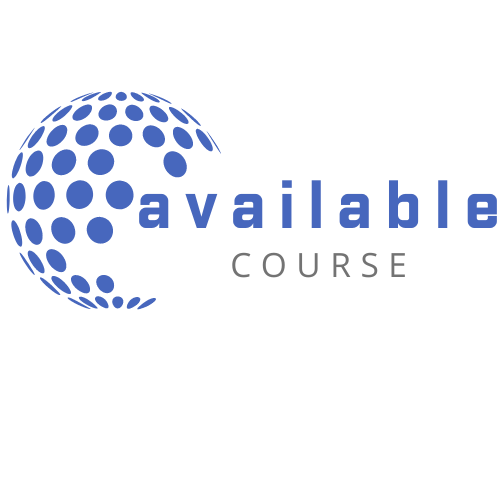
Jennifer Sweeton – Brain-Based Therapy & Practical Neuroscience Attachment & Emotion Regulation (Digital Seminar)

Download Jennifer Sweeton – Brain-Based Therapy & Practical Neuroscience Attachment & Emotion Regulation (Digital Seminar) on Avaicourse.com
This course is available immediately. Please contact us at [email protected] with the best service for more detailed advice.
Description
- Apply brain-based proven treatments for disorders:
- Depression
- Anxiety
- OCD
- PTSD
- Mood disorders
- Improve treatment outcomes through neuroscience, evidence-based treatment and attachment theory
- Learn which traditional psychotherapy methods are effective and which are counter-therapeutic
- Discover how to talk to clients about their brain
This seminar focuses on the revolution and sea change occurring in psychotherapy. It describes how to conceptualize psychotherapy based on an integrative model that discards the need for the “schools of psychotherapy.” Special attention will be on how to talk about the brain in therapy to motivate clients to try evidenced-based interventions.
Watch this seminar and learn how to optimize therapy for a variety of clients by harnessing the latest knowledge from neuroscience; developmental psychology; psychotherapy research; evidence-based practice; attachment research; and psychodynamic and cognitive behavioral approaches. Take home practical strategies for anxiety disorders such as OCD, Generalized Anxiety Disorder, Panic Disorder and PTSD; as well as for depression.
Psychotherapy in the 21st Century
- The integrative approach—no more need for the “schools” of psychotherapy
- Variables in successful treatment
- Outcomes management
- BASE (Brain, Alliance, System and Evidence-Based Practices)
What Neuroscience Offers to Therapy
- Emotion: laterality and lobes
- The role of attention and affect regulation: prefrontal lobes
- How to change the brain in successful therapy: neuroplasticity
- New neurons in the brain: neurogenesis
- The social brain, empathy and attachment
Developmental Neurobiology Brain Development
- Deprived vs. enriched environments
- Temperament and attachment in therapy
- Durability of attachment schema into adolescence and adulthood
- The development of the adolescent brain
- The aging brain
The Role of Memory
- The fundamental role of memory in therapy
- Implicit and explicit memory and how they can become dysregulated
- Hippocampus and amygdala dynamics
- Memory improvement techniques
The Stress Response System
- Historical models and the current view
- A balanced perspective of stress: allostasis
- When stress breaks down the system: allostatic load
- Adverse childhood experiences and how they affect adulthood
Working with the Neurodynamics of Anxiety Disorders: Tame the Amygdala
- GAD
- Panic
- OCD
- PTSD
Working with the Neurodynamics of Depression
- Limitations of the neurotransmitter/medication models
- The role of labeling emotions: hemisphere laterality
- Cytokines—sickness behavior
- Activity reward system—behavior activation
- Mindfulness
Healthy Habits—Planting SEEDS
- Sleep hygiene
- Exercise—BDNF—miracle grow
- Education—cognitive
- Diet—amino acids, fatty acids and vitamins
- Social medicine
- Mindfulness
More information about Medical:
Medicine is the science and practice of establishing the diagnosis, prognosis, treatment, and prevention of disease.
Medicine encompasses a variety of health care practices evolved to maintain and restore health by the prevention and treatment of illness.
Contemporary medicine applies biomedical sciences, biomedical research, genetics, and medical technology to diagnose, treat, and prevent injury and disease,
typically through pharmaceuticals or surgery, but also through therapies as diverse as psychotherapy, external splints and traction, medical devices, biologics, and ionizing radiation, amongst others.
Medicine has been around for thousands of years, during most of which it was an art (an area of skill and knowledge) frequently having connections to the religious and
philosophical beliefs of local culture. For example, a medicine man would apply herbs and say prayers for healing, or an ancient philosopher and physician would apply bloodletting according to the theories of humorism.
In recent centuries, since the advent of modern science, most medicine has become a combination of art and science (both basic and applied, under the umbrella of medical science).
While stitching technique for sutures is an art learned through practice, the knowledge of what happens at the cellular and molecular level in the tissues being stitched arises through science.
More Courses: FITNESS – HEALTH – MEDICAL
Outstading Courses: Jennifer Sweeton
Course Features
- Lectures 0
- Quizzes 0
- Duration 10 weeks
- Skill level All levels
- Language English
- Students 32
- Assessments Yes


